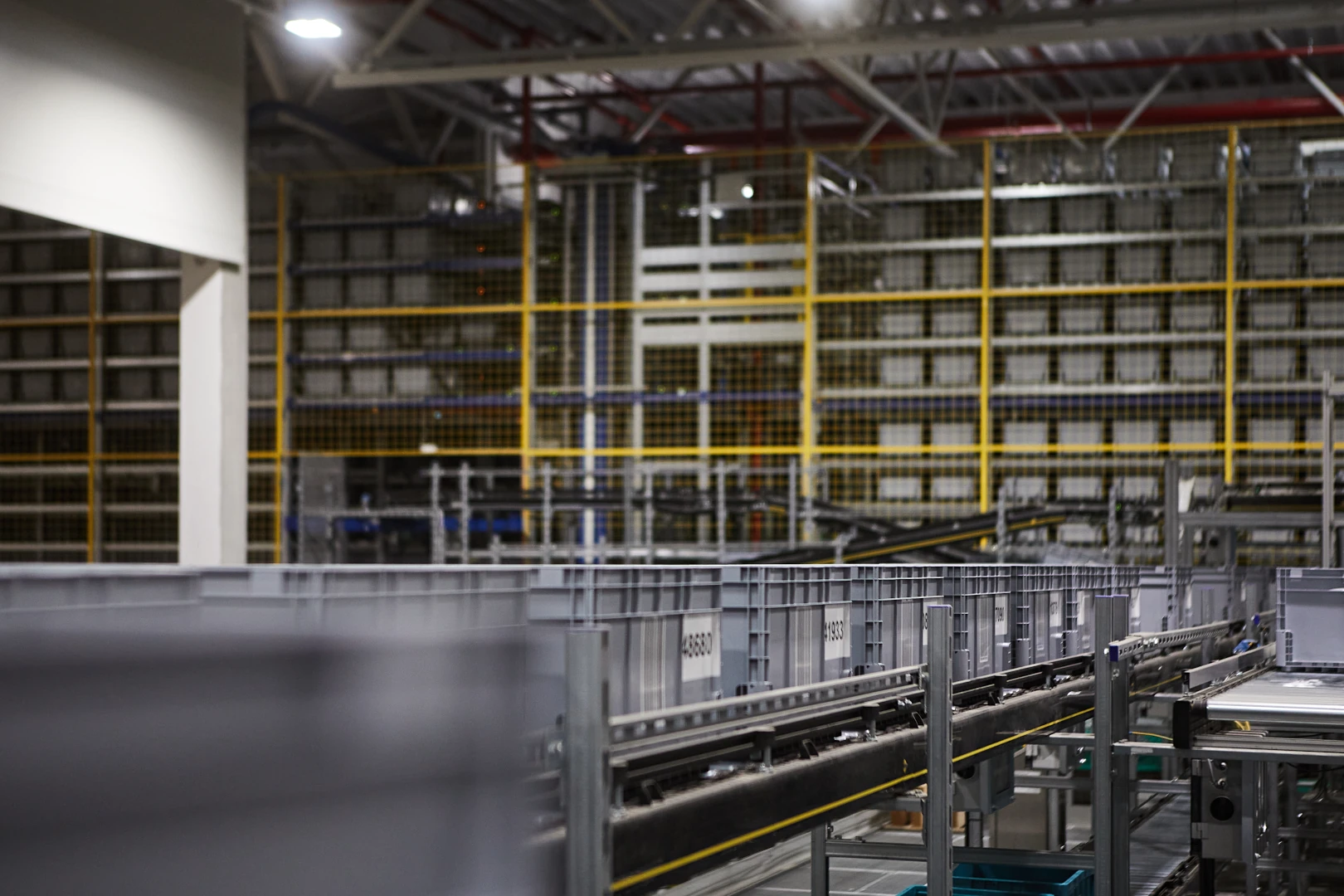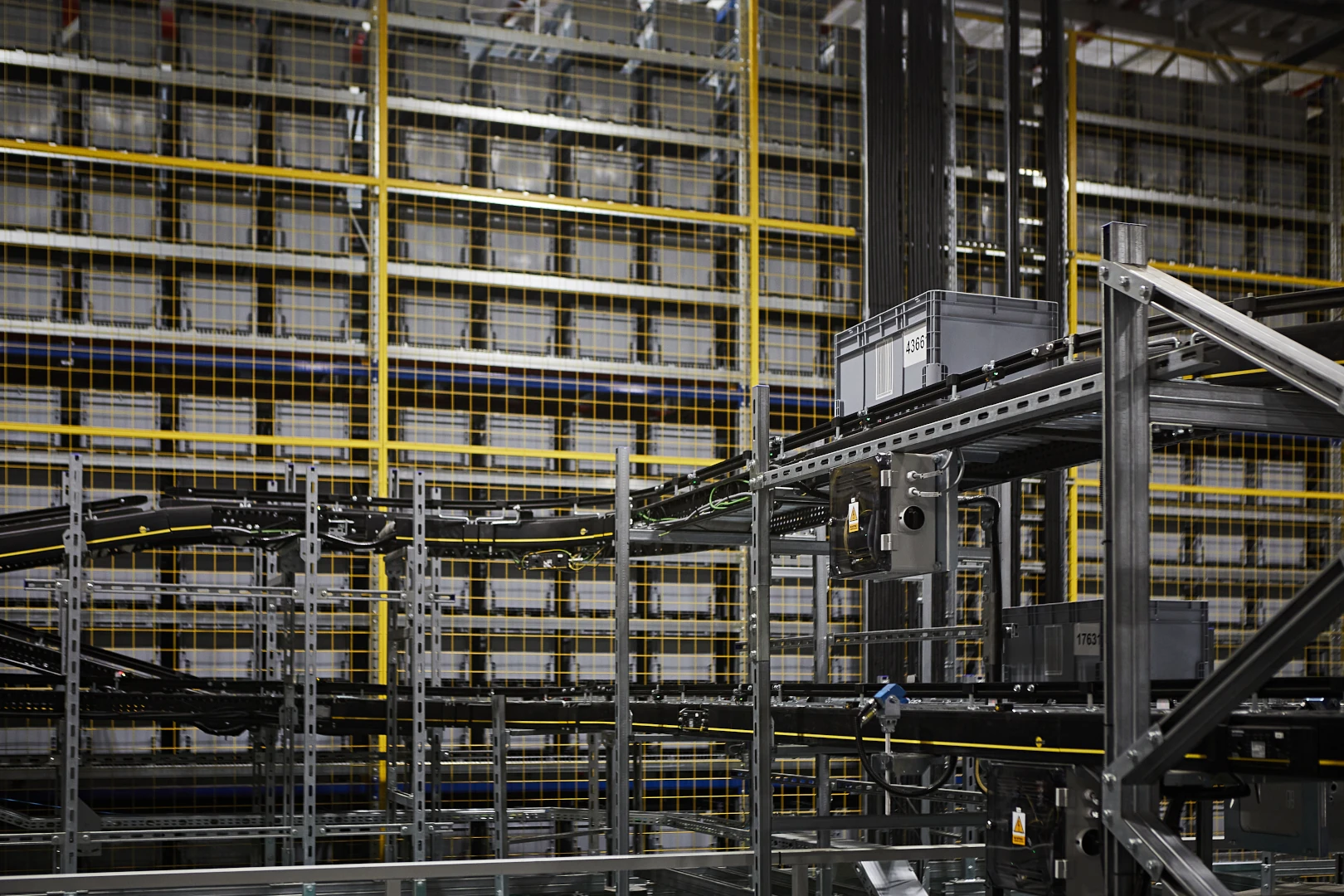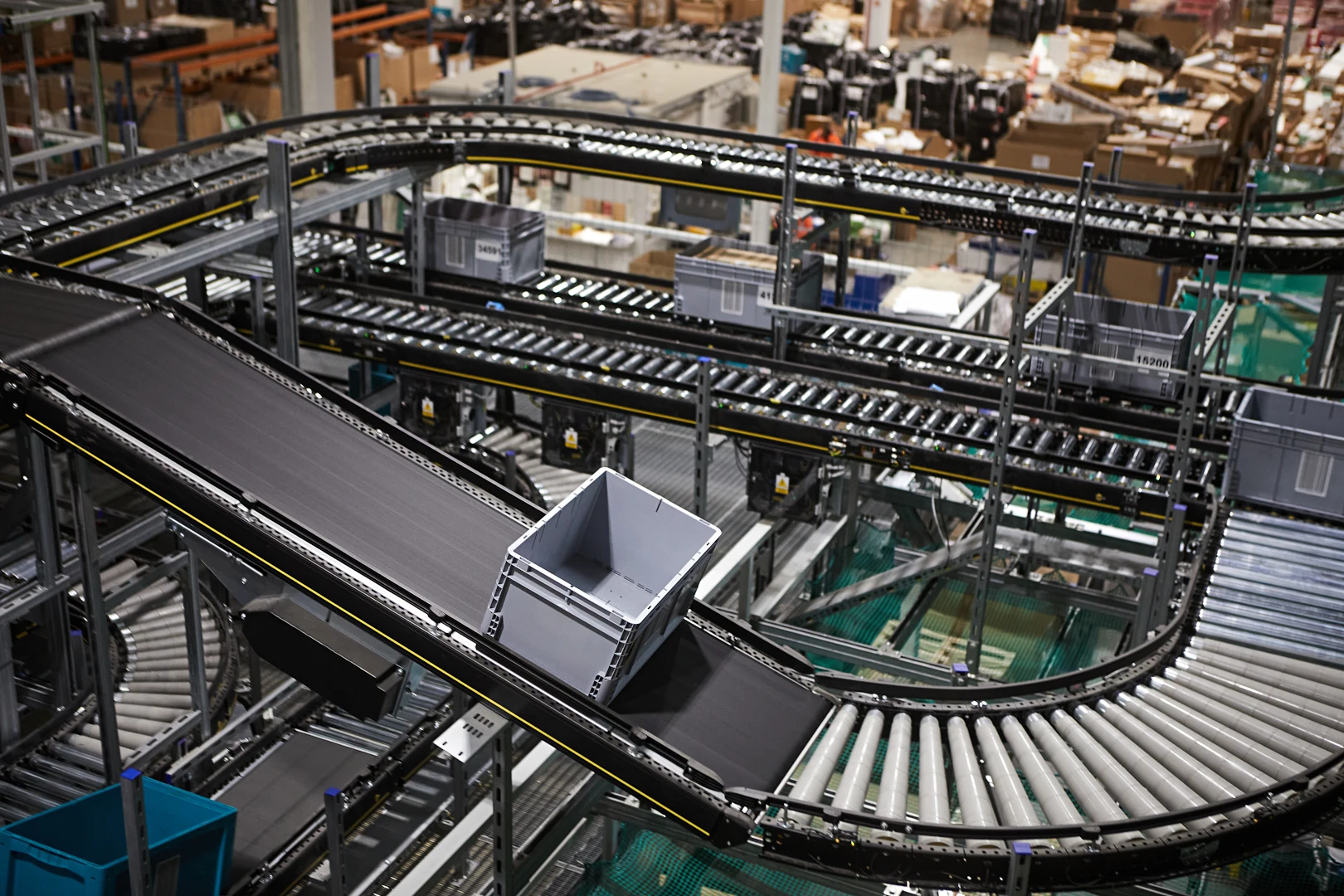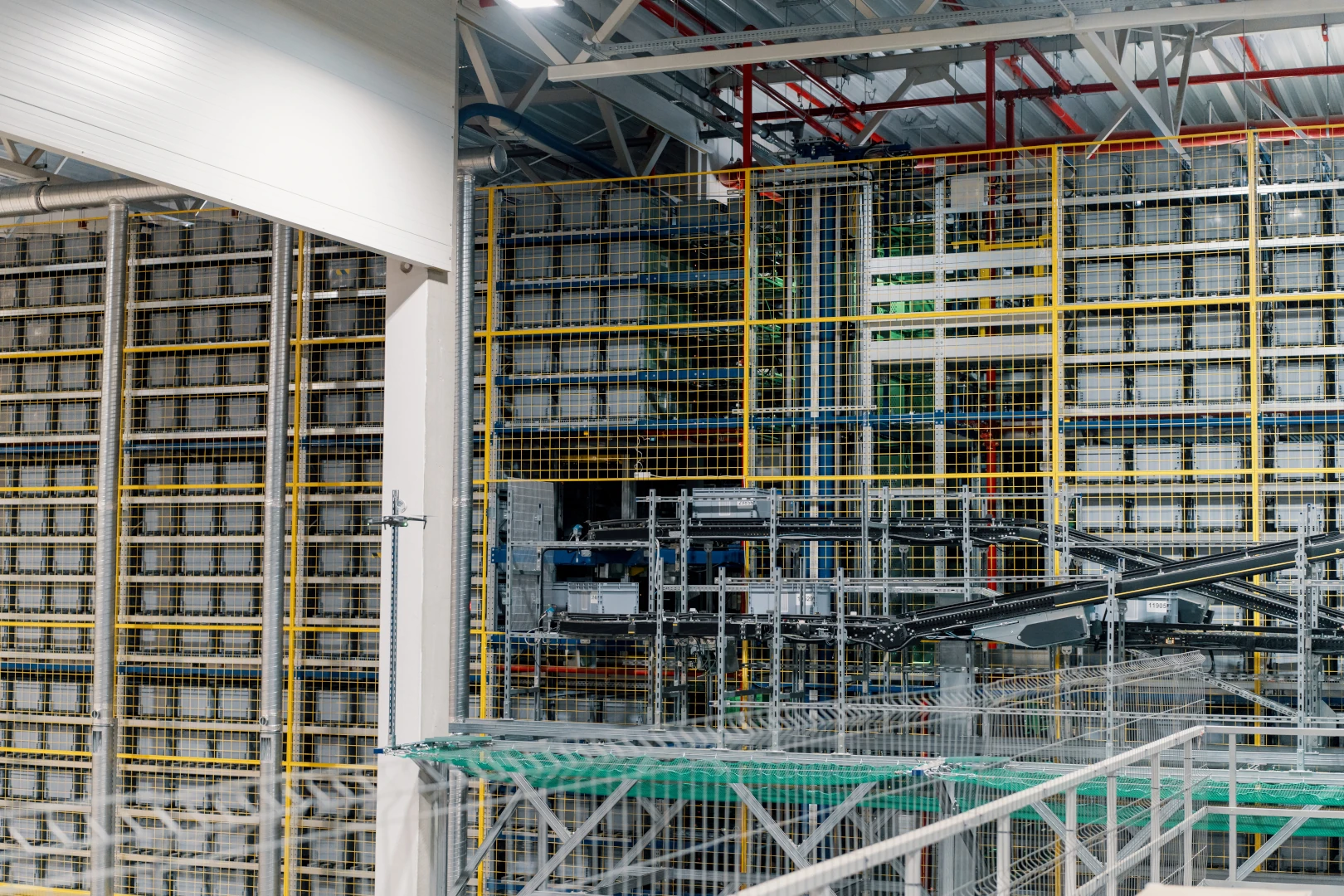How to improve the warehousing process? Discover the key phases!
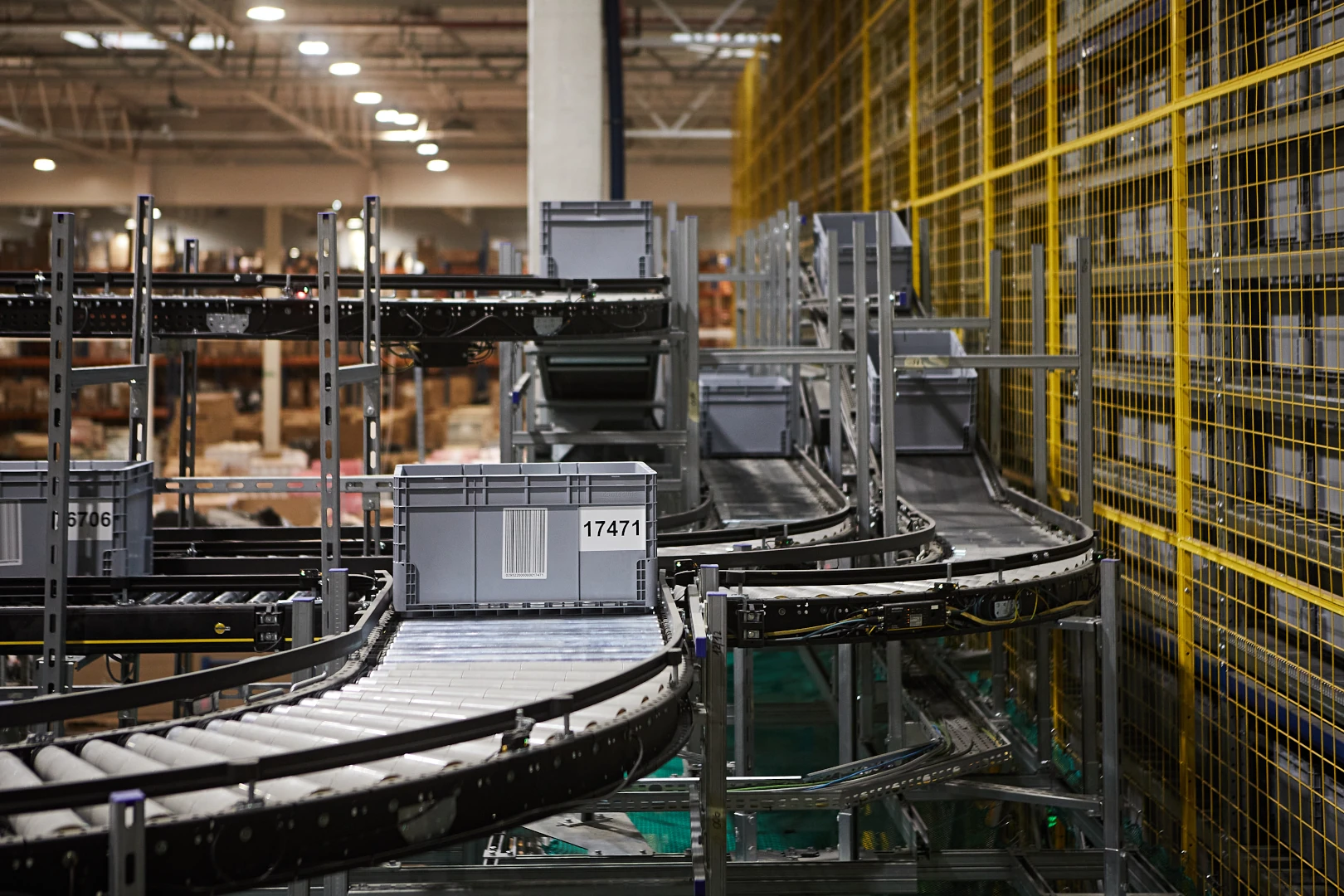
What exactly is the warehousing process?
It’s a complete, organized sequence of operations – from the moment a product arrives at the warehouse gate to when the packed parcel is loaded onto a truck or transport cart. Warehousing processes are complex activities where everything must work flawlessly: people, equipment, space, and data.
1. Goods receiving – the first potential bottleneck
8:00 a.m. Unloading dock. A truck arrives, and a warehouse worker begins checking the delivery. Are the pallets correctly labeled? Is the documentation accurate? Errors can already occur at this stage, affecting the entire process – for example, causing delays in picking or mistakes in shipping.
How to improve this phase?
-
Introduce clear and consistent receiving procedures
-
Use automated unit scanning (QR codes, RFID)
-
Schedule time slots for deliveries to avoid congestion
2. Storage – the art of space optimization
A worker shouldn’t waste time searching for a spot for a pallet – or the pallet itself. Every square meter of a warehouse represents a cost, but also a potential saving. The placement of goods in the warehouse should follow clear rules, including the suggestions below.
How to streamline storage?
-
Fully utilize vertical space with high-bay racks, warehouse lifts, and warehouse automation (e.g., stacker cranes or shuttle systems)
-
Match the type of racking to the type of goods (e.g., flow racks, cantilever racks, push-back racks)
-
Apply ABC analysis: high-turnover items should be closest to picking zones, and implement inventory strategies such as FIFO, LIFO, or FEFO
3. Order picking – the most sensitive stage
This is where warehouses most often lose time, money, and... customer satisfaction. Picking errors lead to complaints, delays, and financial losses.
How to increase efficiency?
-
Divide zones based on picking frequency
-
Standardize packing (instructions, checklists, colors, labels)
-
Implement picking-supporting technologies (pick-by-light, voice picking, mobile terminals)
-
Use vision and weight control systems for picking verification
4. Shipping – the moment that can ruin everything
Even if everything has gone smoothly up to this point, many issues can still arise during shipping. Wrong labels or lack of final inspection are common causes of delays.
What can be done?
-
Set up buffer zones for specific carriers or routes.
-
Integrate WMS with a TMS system.
-
Perform final quality checks – verifying weights, labels, and order accuracy.
Overlooked zones that can make a big difference
An efficient warehouse and intralogistics system also relies on technical support and infrastructure – often less visible, but directly affecting performance and quality.
What’s worth taking care of?
-
Technical zone - for battery charging, servicing AMR/AGV vehicles, and on-site repairs.
-
Warehouse office - close to operations, with direct visibility and fast access to the warehouse floor.
-
Connectivity - reliable Wi-Fi and a stable WMS system ensure consistent support for daily operations.
How to improve warehousing without large investments?
Not every warehouse needs a fleet of AGVs. Often, small but well-thought-out changes are enough:
-
Conduct a process audit and mapping
-
Standardize procedures and documentation
-
Train employees
-
Implement a basic WMS
-
Introduce basic automation such as warehouse trolleys, lifts, or conveyors
Case study: automation that tripled picking efficiency
Our client in the e-commerce industry, specializing in the import and distribution of car parts, was facing an increasing number of returns and new deliveries. Manual processes were limiting their ability to scale.
To address this, MPL Techma designed and implemented an automated high-bay warehouse. It was adapted to store nearly 11,000 bins with various SKUs. The system was based on 30 shuttle carts, 4 miniload vertical lifts, an extensive network of roller and belt conveyors, and picking stations with triple slots.
We also introduced an inspection station with an integrated weighing system and fill level evaluation, along with an interface between the client’s WMS and the warehouse management system (Scada Iconics).
What were the results? Picking efficiency tripled – from 80 to 300 products per hour per worker – all without replacing the existing WMS. The system is based on open components, making it easy to maintain and free from proprietary hardware dependencies. Not only did it boost profits, but it also improved comfort and safety at the facility.
Warehousing process – the phases matter, but so does automation
The phases of the warehousing process are crucial. In short: the first phase – goods receiving – includes truck unloading, quality control, and placing items in the designated receiving zone.
Next comes proper storage and allocation within the correct storage zone, taking into account availability and product type. Good organization, appropriate racking systems, and equipment maintenance (e.g., forklifts) are the foundation.
Managing warehouse space and automating processes where possible is also key. Later comes order picking and goods dispatching, both of which require strong coordination.
You can’t manage a warehouse without a plan – strategic actions are needed that cover every phase, from receiving to dispatch. That’s how you get real benefits from space utilization, including cost reduction.
If you feel your warehouse could perform better – start with the basics. A well-organized warehousing process not only saves time and money but also gives your business a competitive edge.


